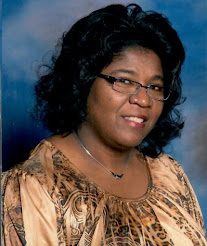A chill winter morning brings a dusting of snow like ashes, a blush across the clouds, a roseate tinge to the bare branches of the maples, as if the world has come into being for the first time, in a long time.
These days are often lived in a fog of activity, a blur. Yet, the writer, as continually aspiring artist, is called not only to look but to see. What is the difference, and why does it make a difference?
Looking is the beginning of seeing, but only the beginning, the precursor, the prelude, as if looking were more concerned with the pragmatic than the soul, the heart.
Seeing takes in — the sting of winter, the dusting of snow on cartops and rooftops, the glow of sunrise — and transforms it into experience. This taking in enables the writer to experience. And experience, when inspired, can become aesthetic, can become art. Without experience, there is insufficient influence on the depths of the creative being.
During a recent meeting with a colleague on the privileges and perils of writing and publication, it quickly became clear we agreed. We don’t sell our wares. We offer our art to the world, however large or small, as a child offers a drawing that can speak more than words of the realities of life.
At the close of the meeting, my colleague and I agreed that despite the woes of bringing a book into today’s world, we will still do readings, seek reviews, attend festivals, speak at gatherings. But we will do these things not in the consumptive manner of today but with the mind and heart of the continual apprentice of the artists’ guilds that produced the master crafters and masterworks still esteemed after the passing of time.
In Unless It Moves the Human Heart: The Craft and Art of Writing, author and teacher Roger Rosenblatt noted, “For your writing to be great…it must be useful to the world. And for that to happen you must form an opinion of the world. And for that to happen you need to observe the world, closely and steadily, with a mind open to change. And for that to happen you have to live in the world, and not pretend that it is someone else’s world you are writing about.”
Rosenblatt’s challenge to the writer, the artist, is to not only love and care for the world, broken as it is, but to love the world because the world is worth loving. And for this to happen the writer must not only look but see, not only see but experience, even if experience brings pain, for, “Nothing you write will mater unless it moves the human heart…” [Rosenblatt, att. A.D. Hope]
Application:
- Go to a place that enables you to see — a window, park bench, lakeside log, backyard.
- Stop. Look. Wait.
- Stopping means taking time.
- Looking means opening the eyes and the heart.
- Waiting means allowing what is taken in to become experience.
Adele Annesi is an award-winning author, editor and teacher. For questions on writing, email Adele Annesi. Adele’s new novel is What She Takes Away (Bordighera Press, 2023).








